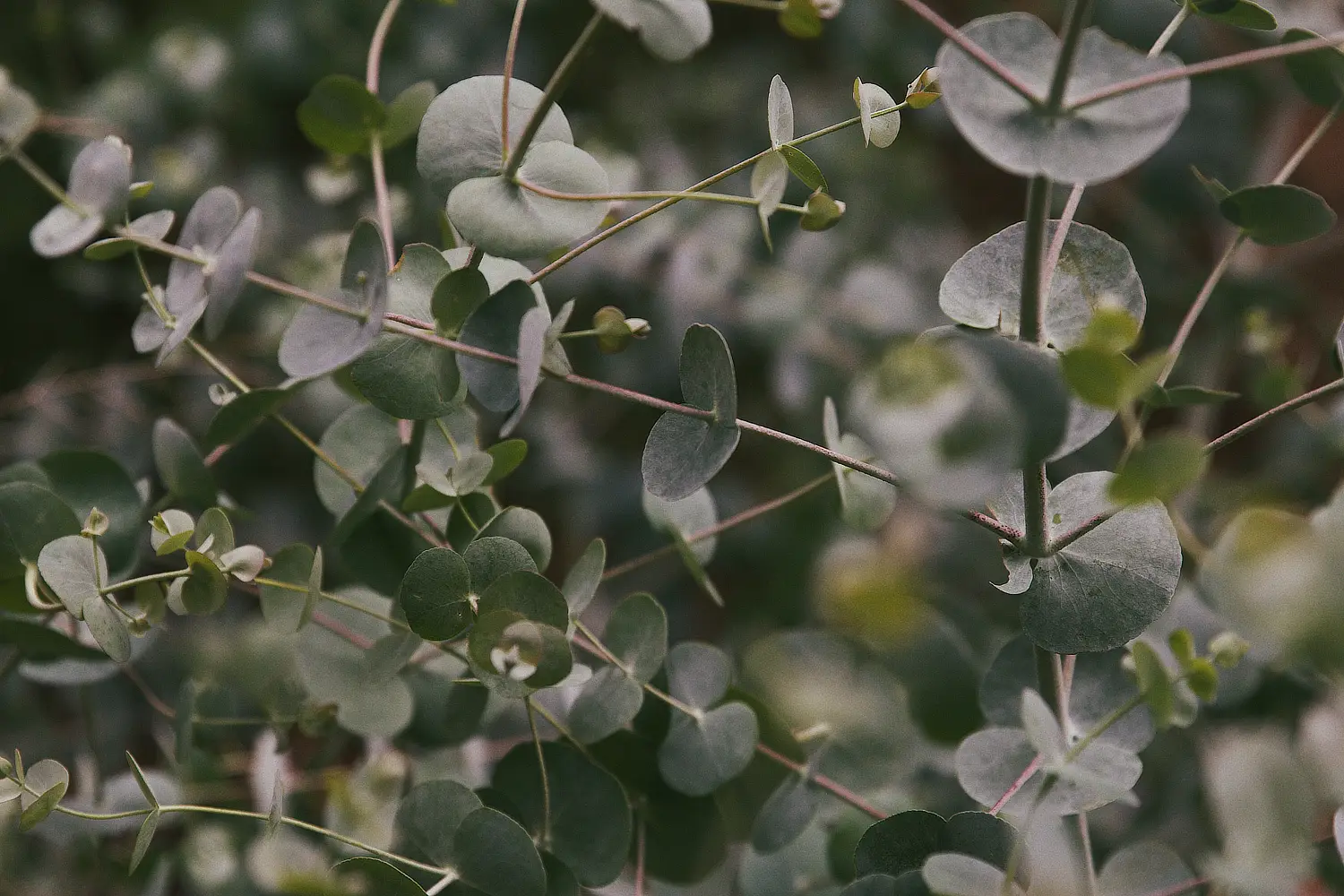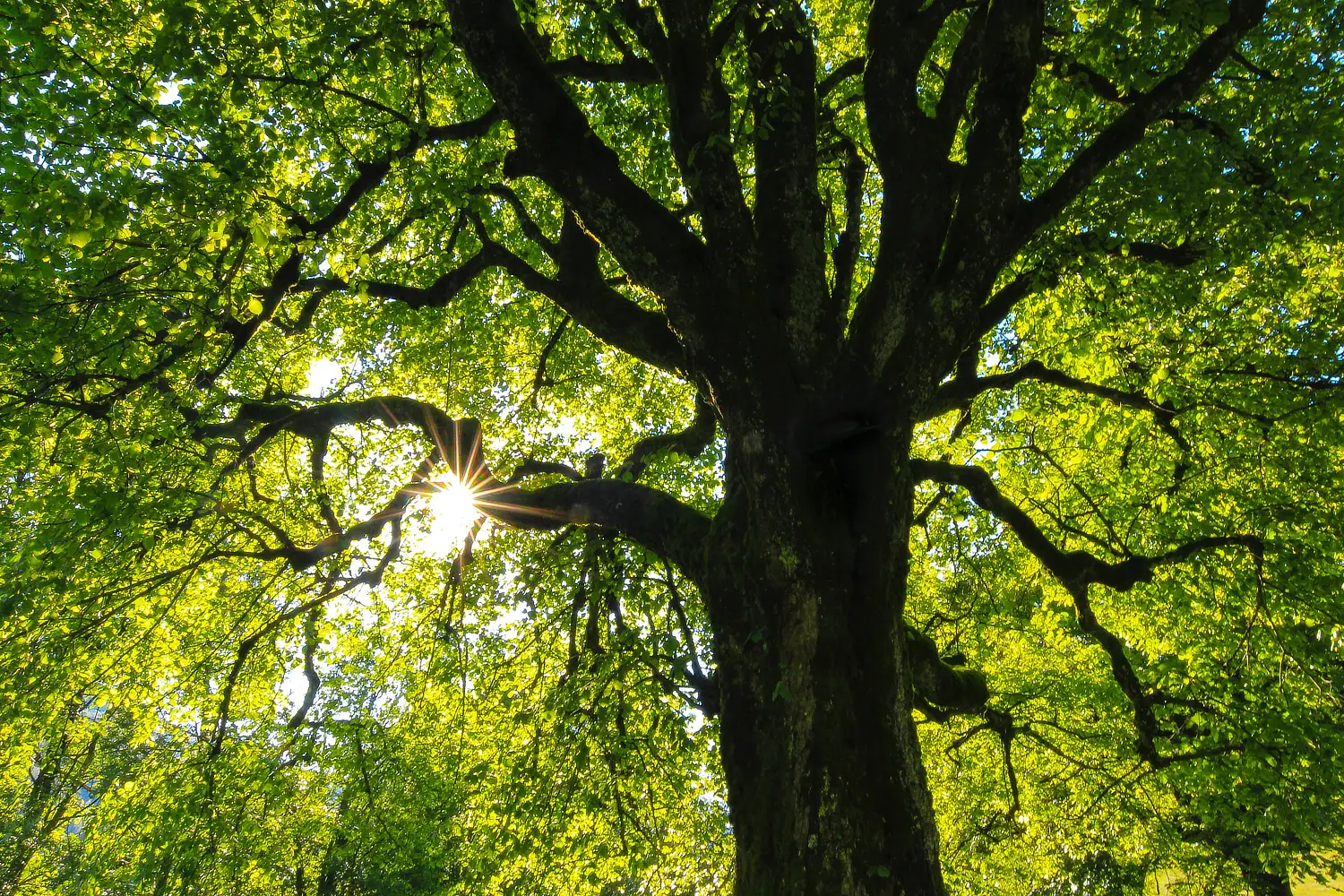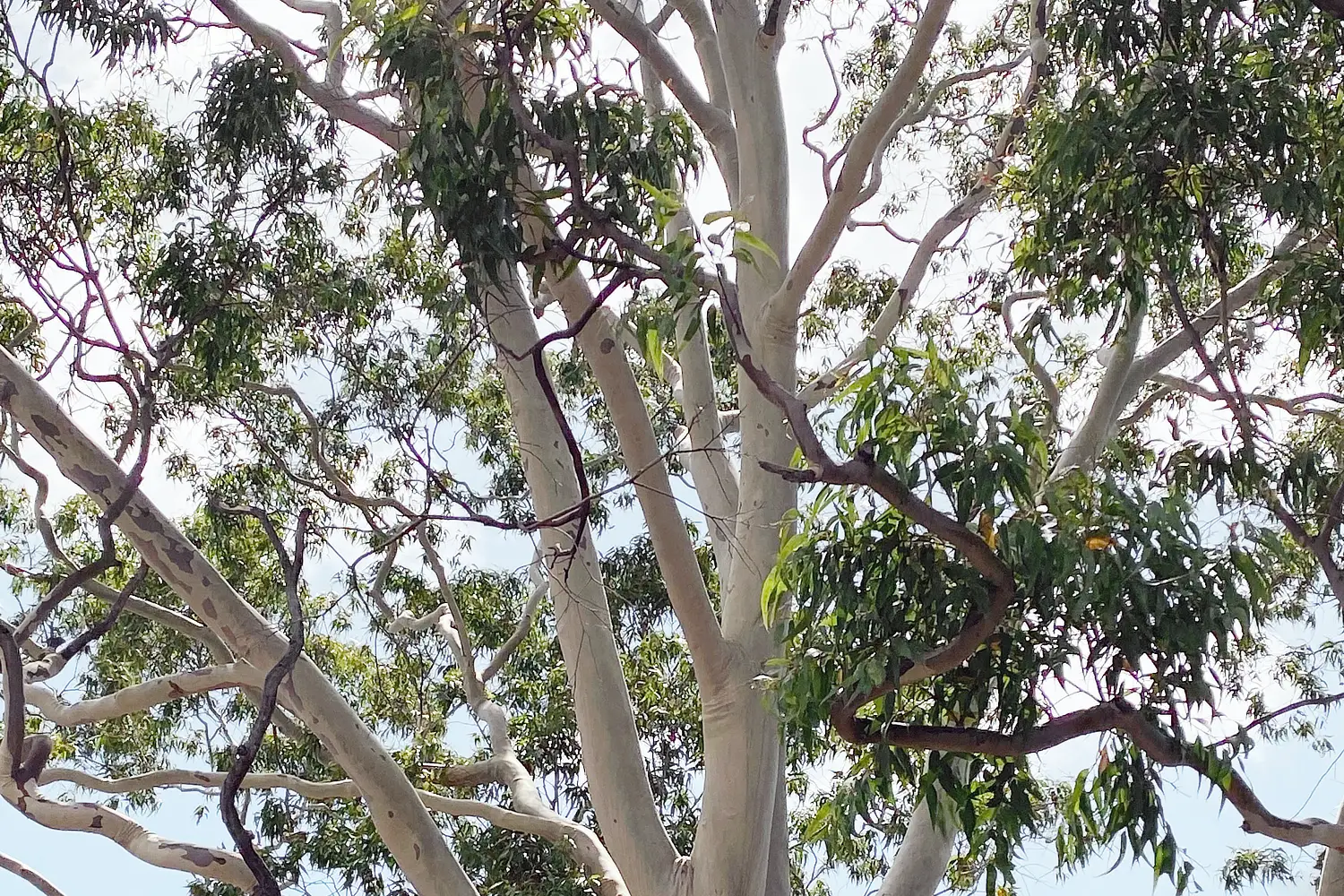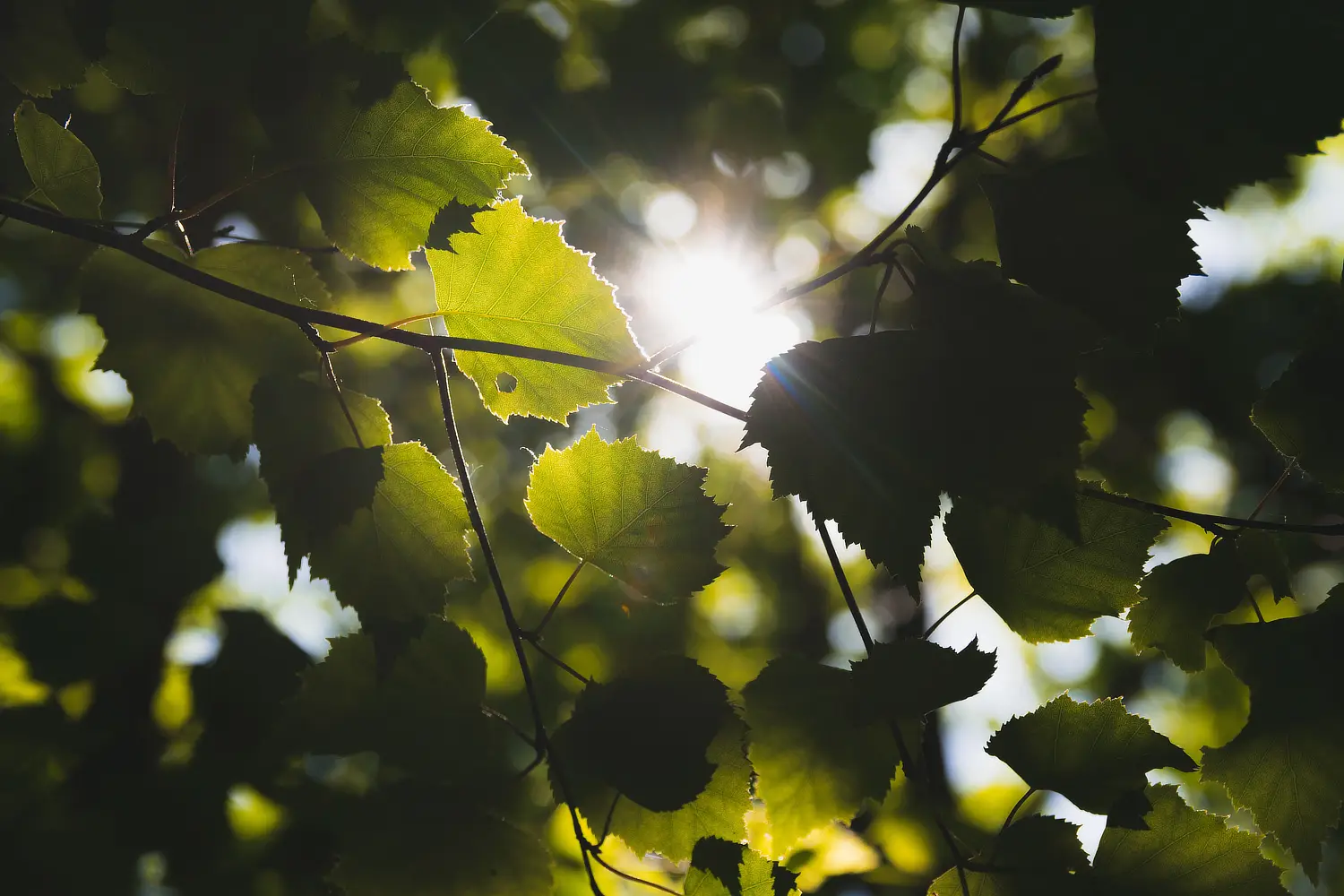Keeping Trees Healthy – Trees play a vital role in creating atmosphere in our outdoor spaces and when one is lost it can leave a huge hole in the garden that is expensive not only in monetary terms to replace but also time. Keeping your trees healthy starts from the moment they are planted and needs to be considered during all seasons.
When you have a new tree its vital you establish it by watering it well, they often leave the nursery after being watered daily so when they go in the ground you need to keep the moisture up to them consistently until the root systems can get out into the soil where they will become more drought tolerant. As a rule of thumb, you need to give a plant the same amount of litres of water as the pot size it has come out of – for example a 50lt tree will require 50 litres of water – this ensures the soil surrounding the root ball comes in contact with the roots and prevents them from drying out and helps the new roots to penetrate into the surrounding earth. Allow the water to make this contact happen and don’t try to push soil against the root ball with too much force as this can compact the ground and hinder root penetration.
We imagine our mature trees have extensive root systems to the point that we often forget to water them, especially when the weather is a little cooler. If experiencing drought in summer or winter water once a week or every ten days for bigger trees with a good soak rather than little bits every day. Longer drenching will get water deeper into the soil and to the root zone and help your tree through these tough times. You can apply a layer of mulch up to 100mm thick (just around trees have a little less around other plants in the garden) after watering to help lock the moisture into the soil and this will mean you can use less water by reducing frequency.
Feeding your trees will also keep them healthy and give them all the nutrients they need to grow well. Feeding such a large plant can seem a little tricky so I approach this in a two-stage method, firstly a slow release such as pelletised chicken manure or blood and bone sprinkled around the root zone. To know where the root zone is, go in from the trunk by about half a meter and out to about a meter past where the canopy reaches and apply to the whole area. I also give a liquid feed to the foliage I can reach, click on sprays make applying to the top of the tree much easier and you’ll see effects quicker with a liquid so it’s good to do both.
I fertilise in autumn when the tree is storing energy ready for spring growth and again in late spring or early summer when the plant has used its stored energy ready for ongoing growth.
When selecting a tree try to go for something that suits your individual garden, planting something that is going to get too tall or broad will only mean extra pruning down the line. If you select the right tree most trees only need minimal pruning – they are a great low maintenance addition to the landscape however there are times when getting out the pruning saw can help keep them healthy. Pruning can be done anytime of the year however in winter you will see deciduous trees without their leaves so it can be easier, for evergreens pruning in spring will promote new growth so there will be less time with any holes in the canopy.
You need to think of the shape you are trying to achieve with your tree and prune to smaller than that knowing new growth will fill in the gaps of what you remove. Before cutting anything from a tree give the branch a good shake, this will tell you what you are about to remove and then you can assess if it’s too much – trees take a while to fill in so prune with care. Follow a three-step pruning method to give smooth cuts and to prevent any tearing of bark, first cut under the branch up to the sky until you are about 1/3 through, then move away from the tree by around 10cm and cut down until the branch snaps back to the previous cut. With the weight taken out of the branch it’s easier to make the final cut cleanly leaving a smooth surface. Smooth cuts have a smaller surface area than a tear and this reduces the amount of area open to pathogens and diseases. If a tree has a wound of any sort, it is also an entry point for pathogens to get into the plant and wreak havoc so whilst pruning look for existing diseased or dying limbs and remove them as well as crossing or rubbing branches as these will only get worse over time.




